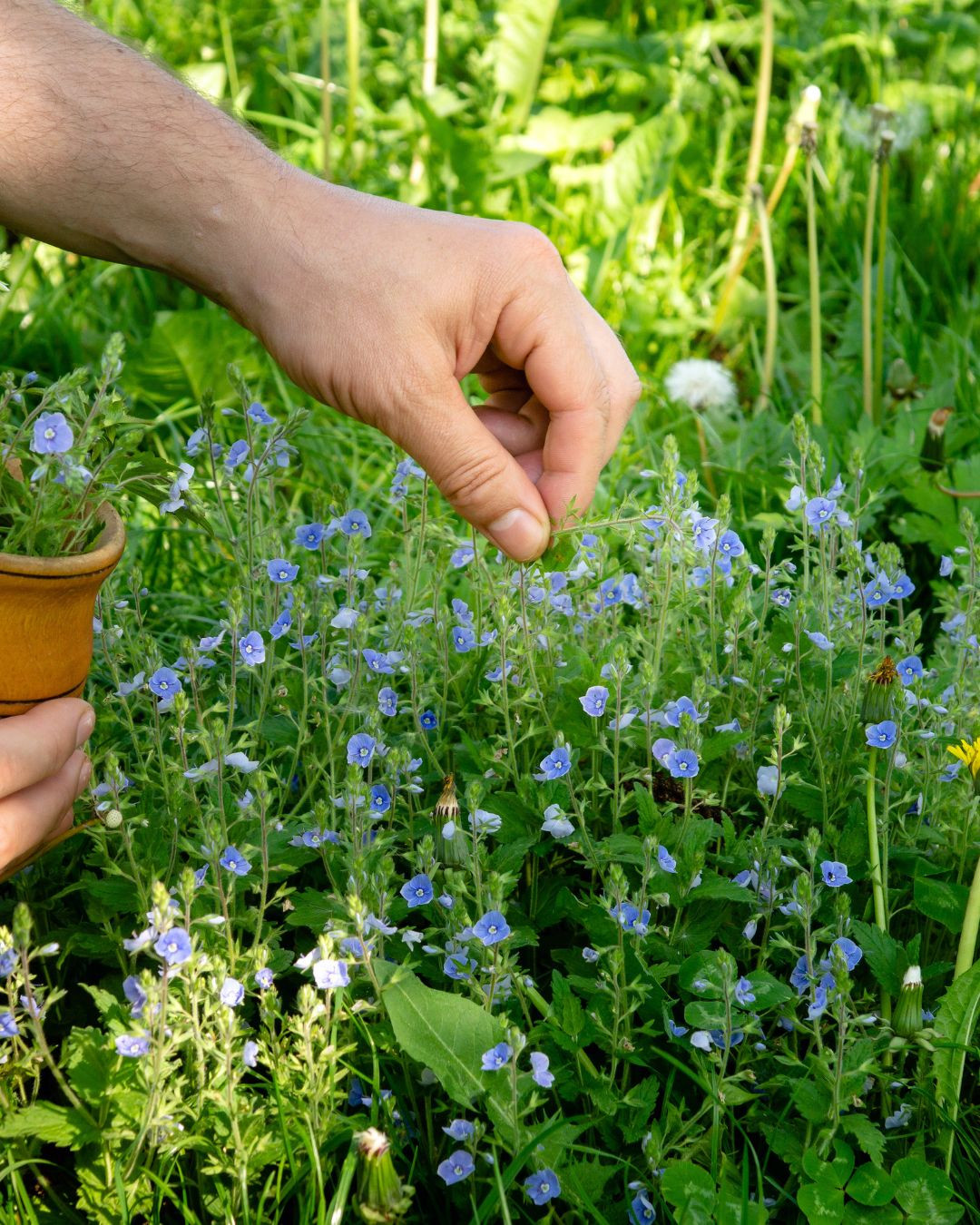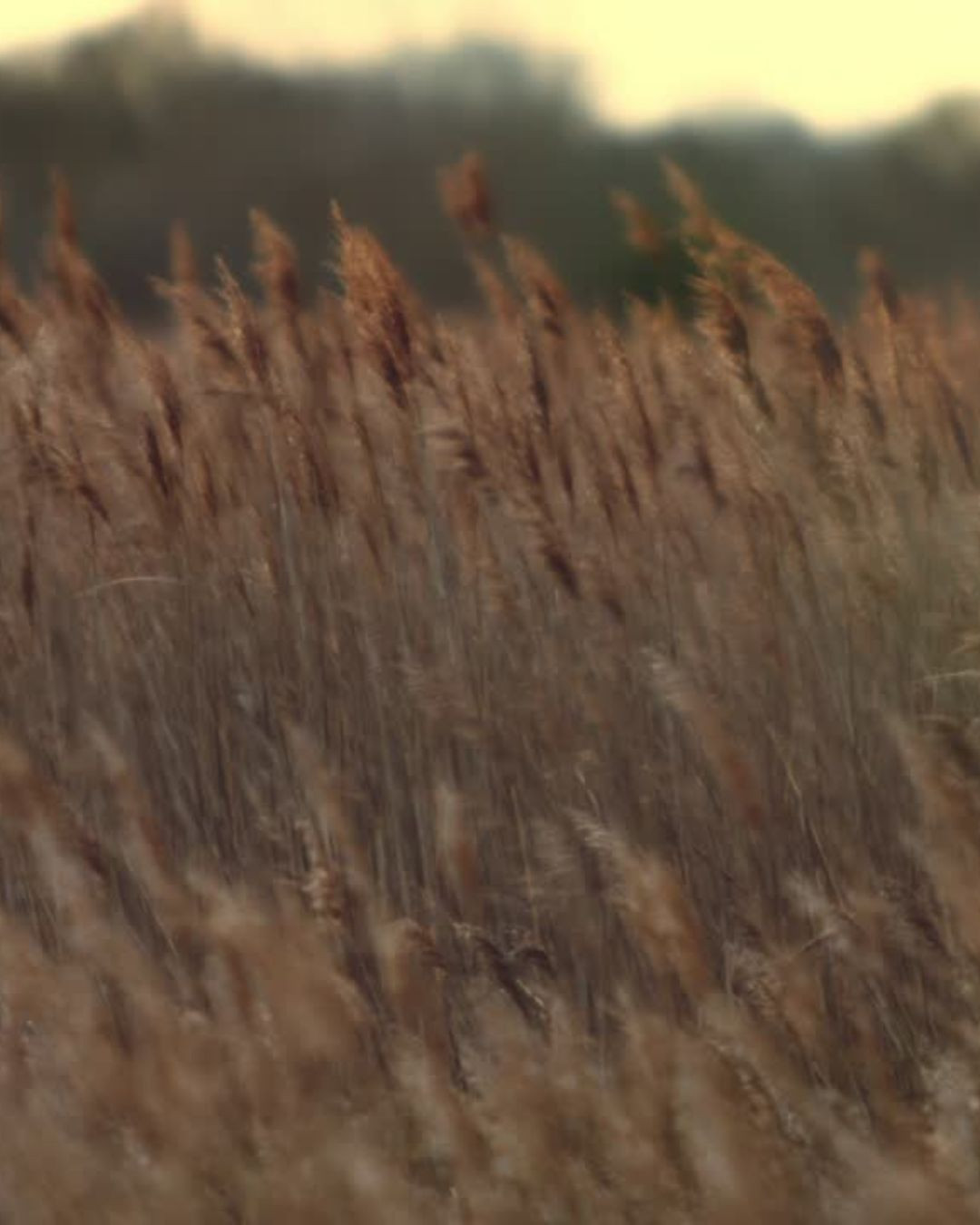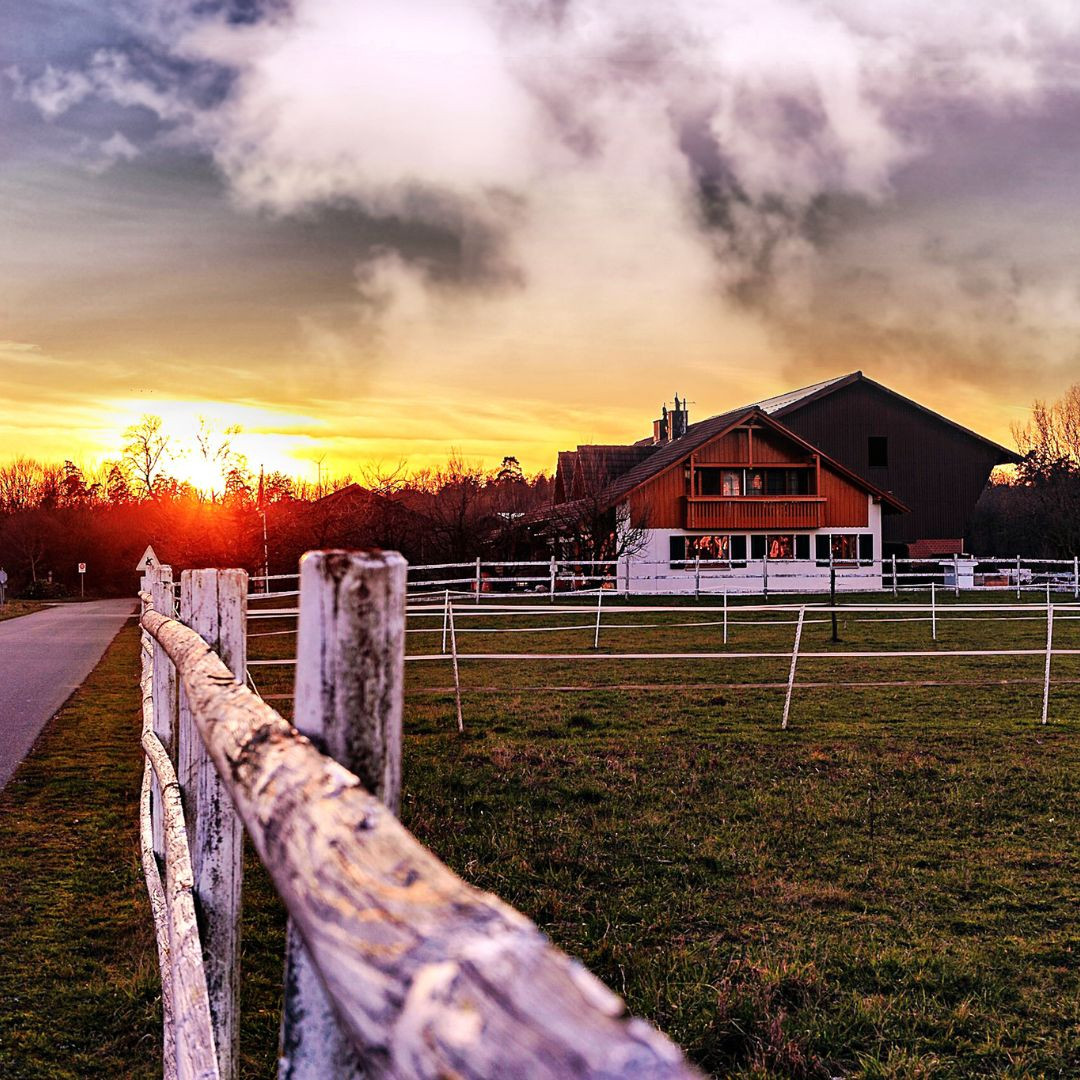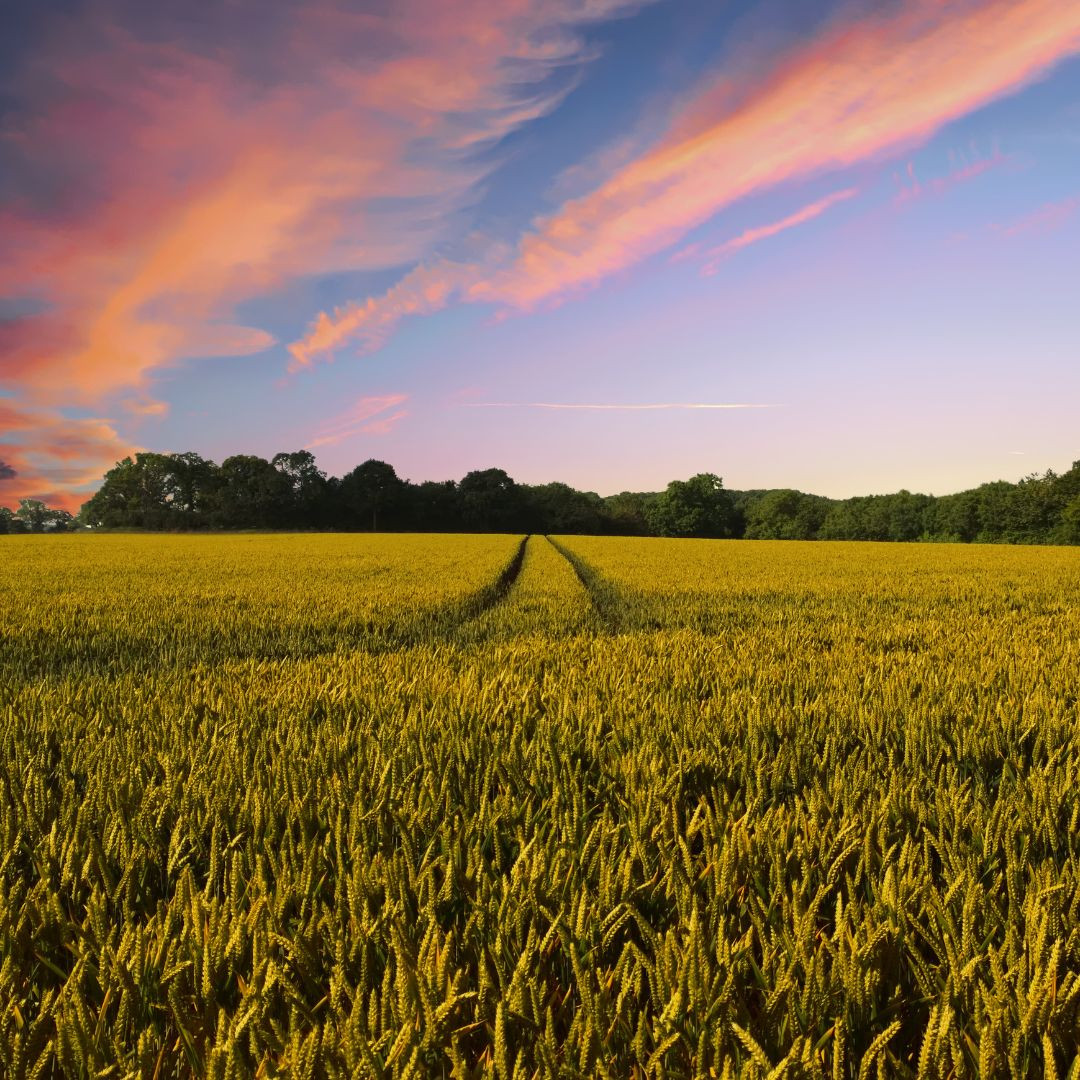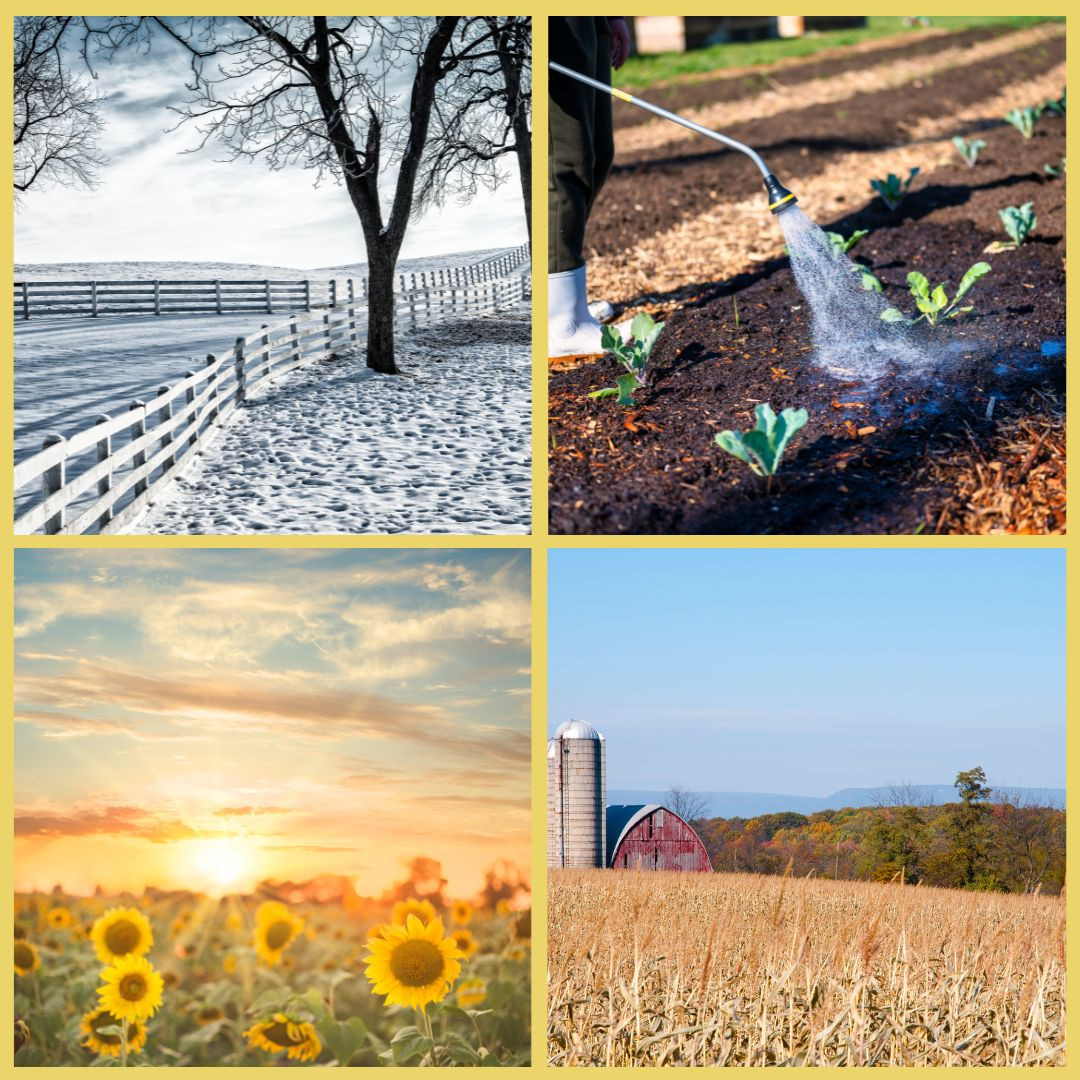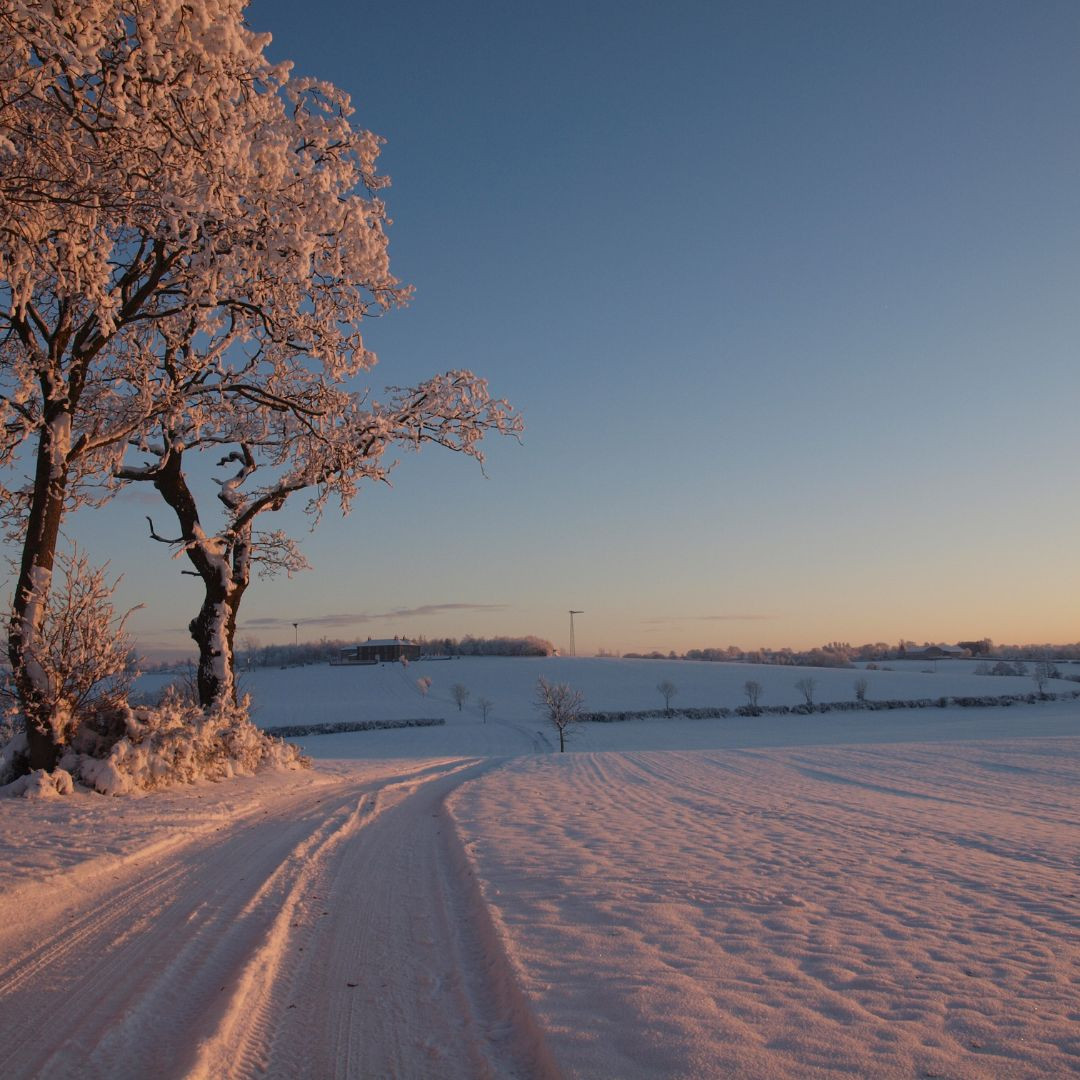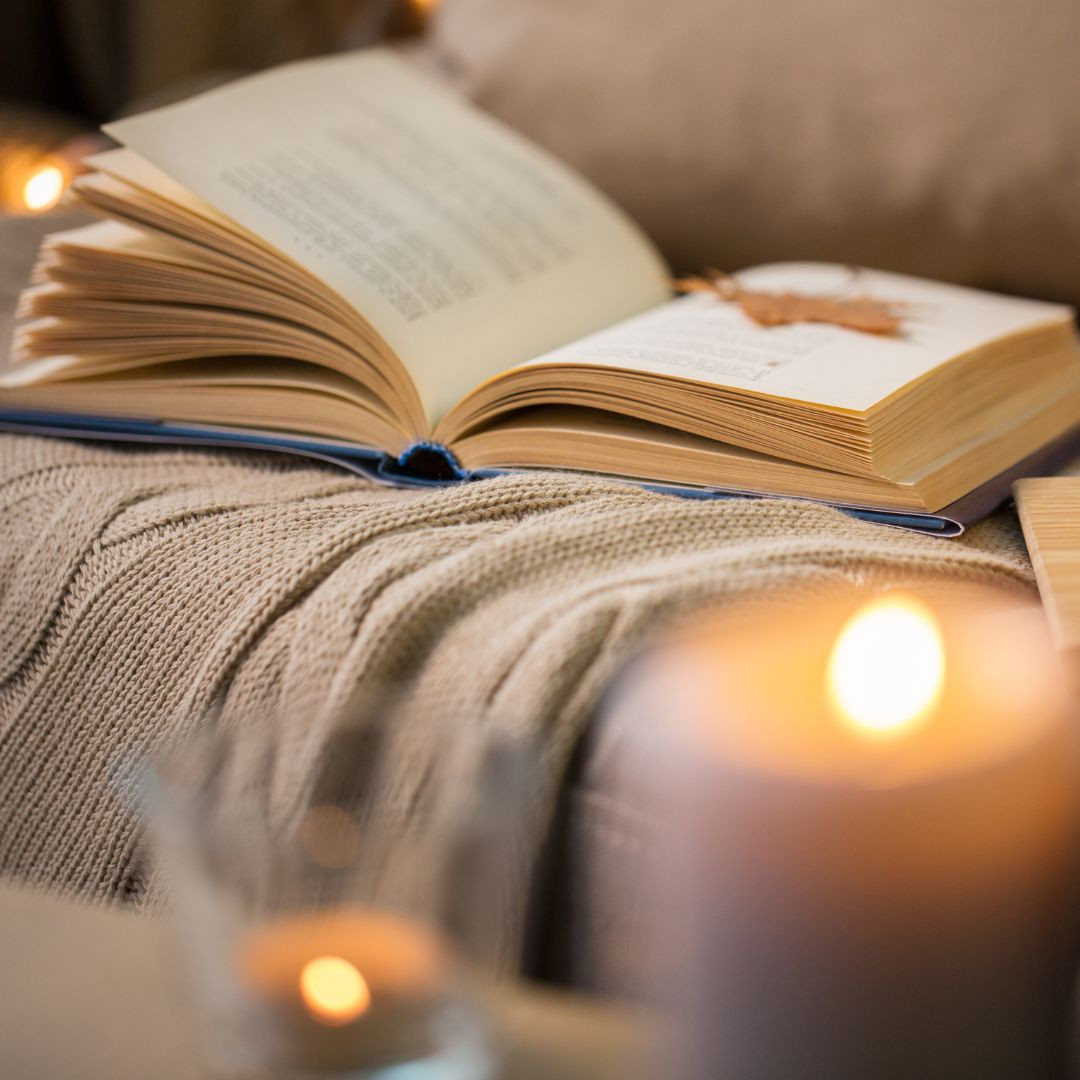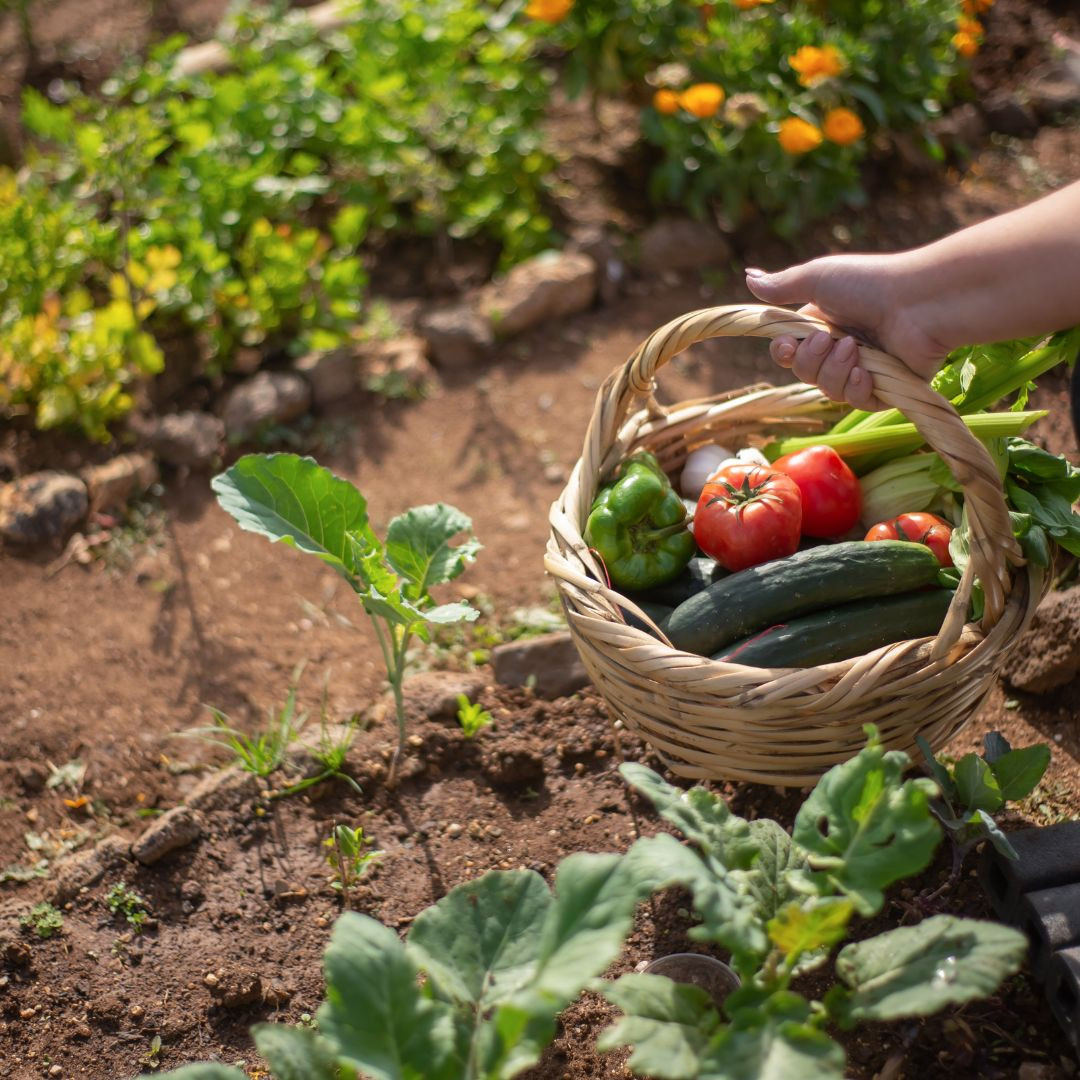
- Write down your family's most-used vegetables and fruits. Focus on what your children actually eat and what's expensive at the store. This helps avoid wasting precious time and resources on crops that won't serve your family.
- Check your seed inventory from last year before buying anything new. In tough financial times, we need to use what we have first. Those slightly older seeds will likely still germinate just fine.
- Start onions and leeks now - they need the longest growing time and can save significant grocery money.
- Begin cold-hardy herbs like parsley and thyme.
- Hold off on tomatoes and peppers until March - starting too early leads to leggy plants.
- Walk your garden space and plan where things will go. Consider what failed or thrived last year.
- Start collecting cardboard from farm deliveries to lay down for weed suppression. This is especially good for new garden areas.
- Build new garden areas and lay compost.
- Save egg cartons and yogurt containers for seed-starting.
- Use old feed bags or tarps for garden cover, or seed barrier instead of buying new.
- Connect with other farmwives to share seeds and supplies.
- Start small - a few well-tended beds are better than an overwhelming large garden.
- Create a simple schedule for March planting.
- Plan your garden close to your house - busy moms need convenience.
- Consider involving your children in seed starting as part of their learning. For older kids, you can give them their own space to tend.
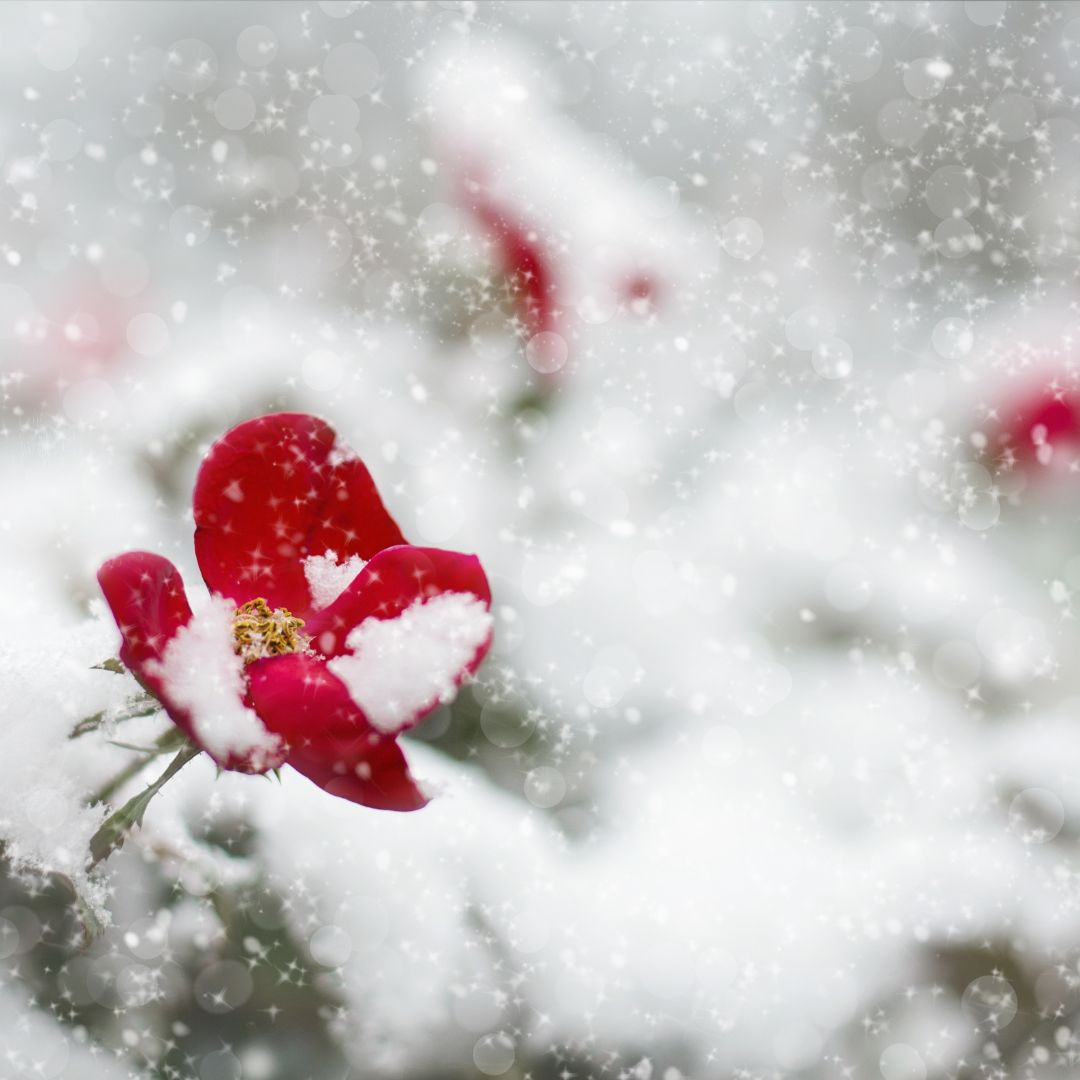
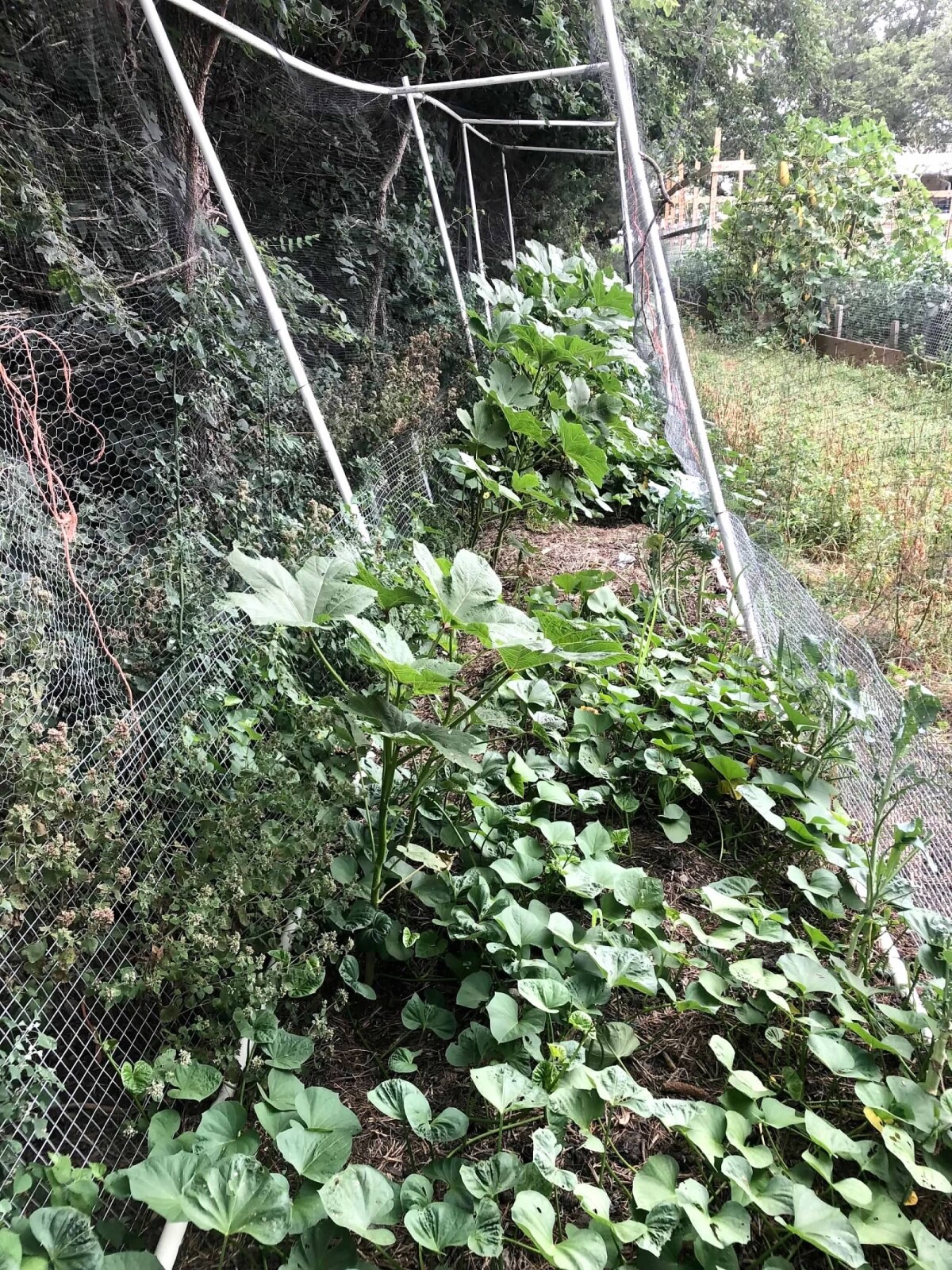
Join the FREE Community
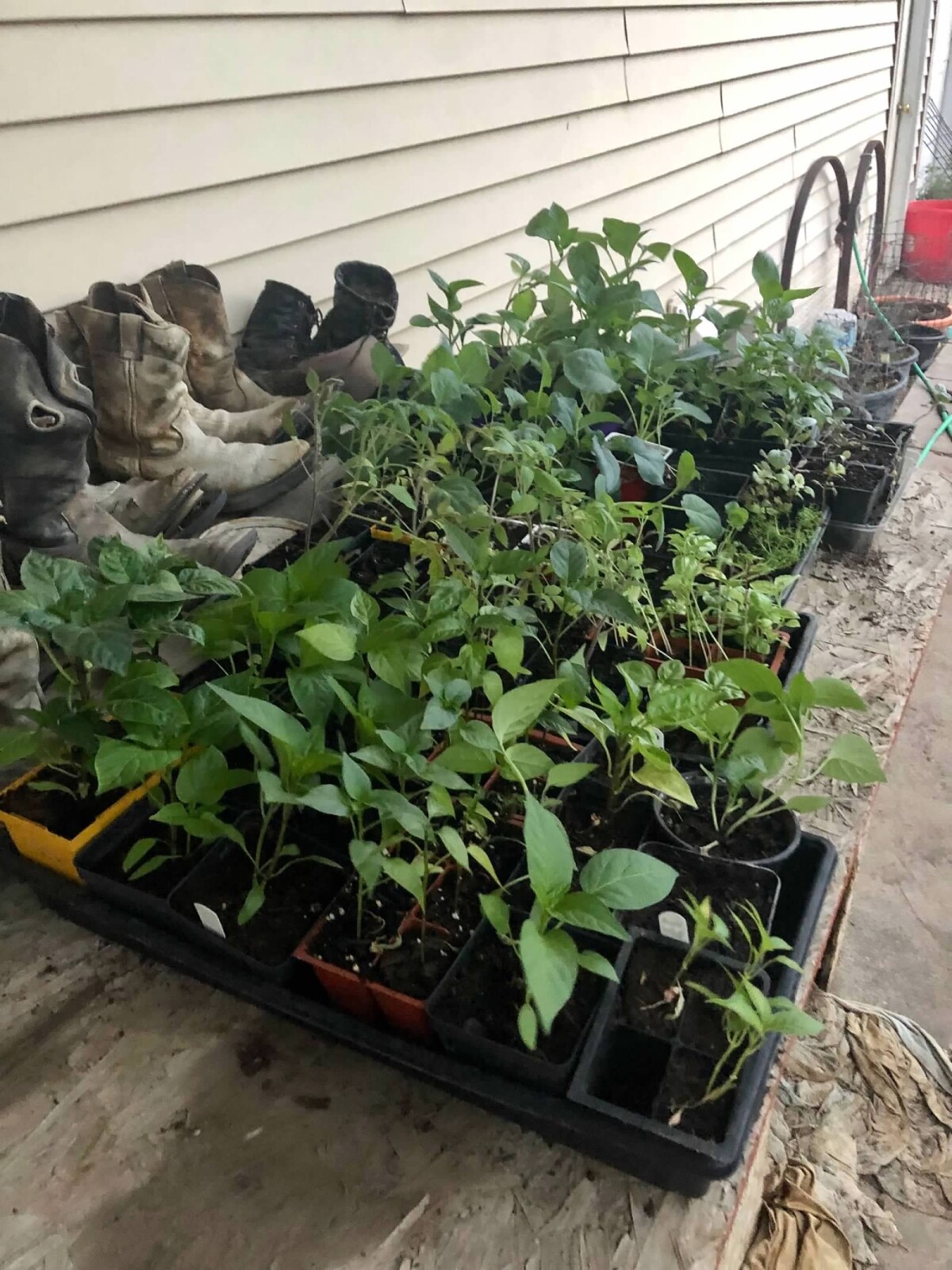
Join the FREE Community
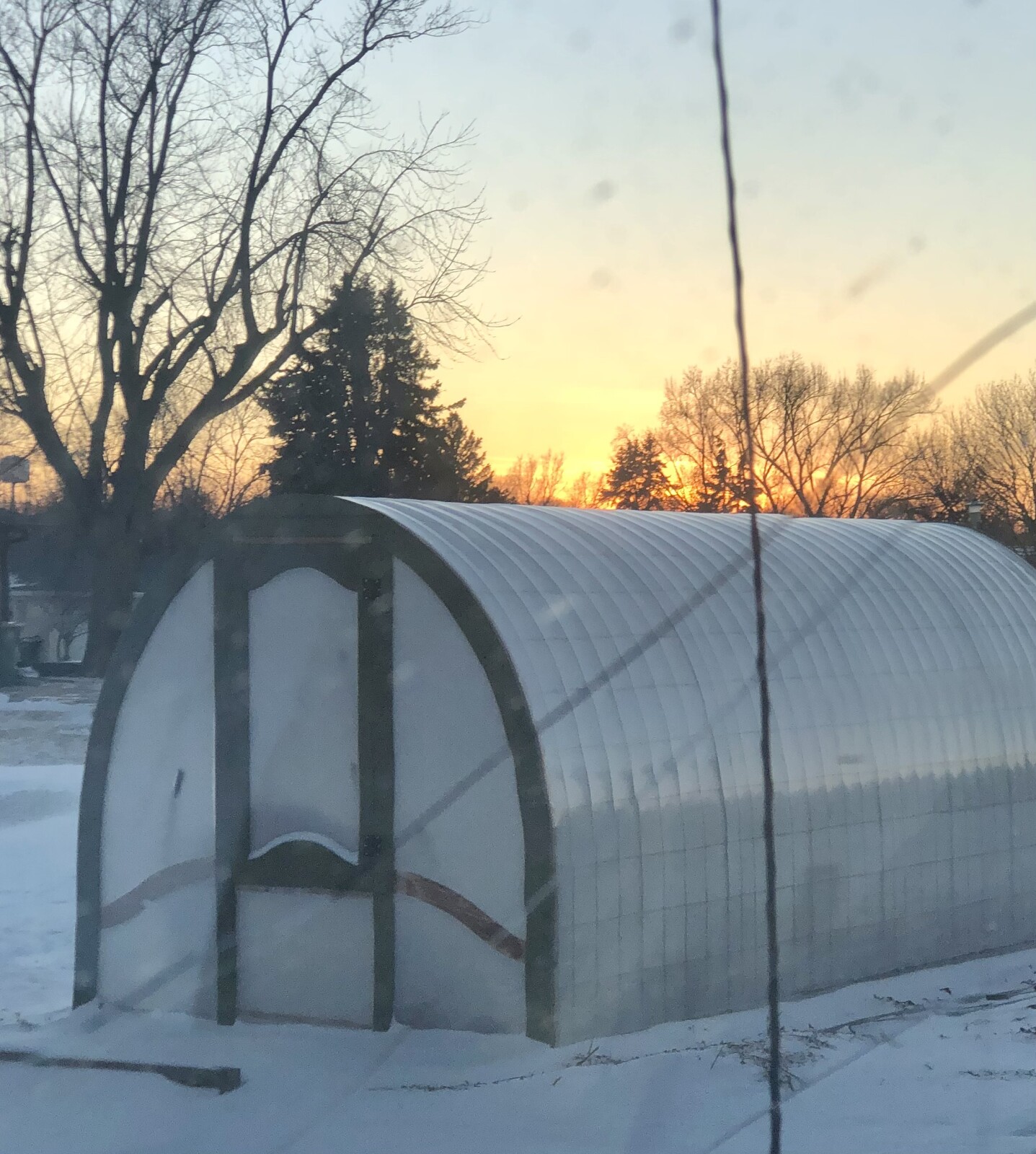
Join the FREE Community

Join the FREE Community
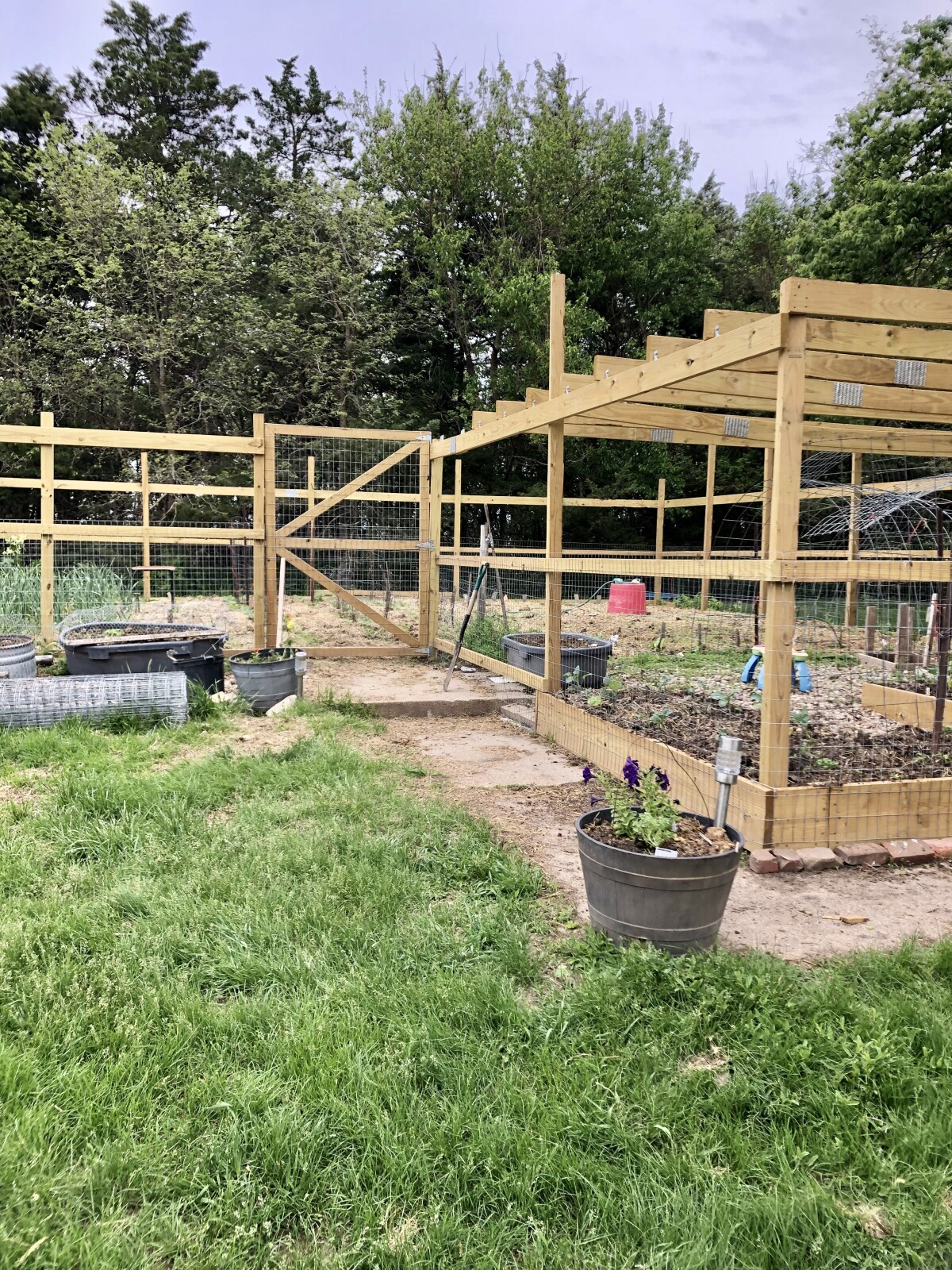
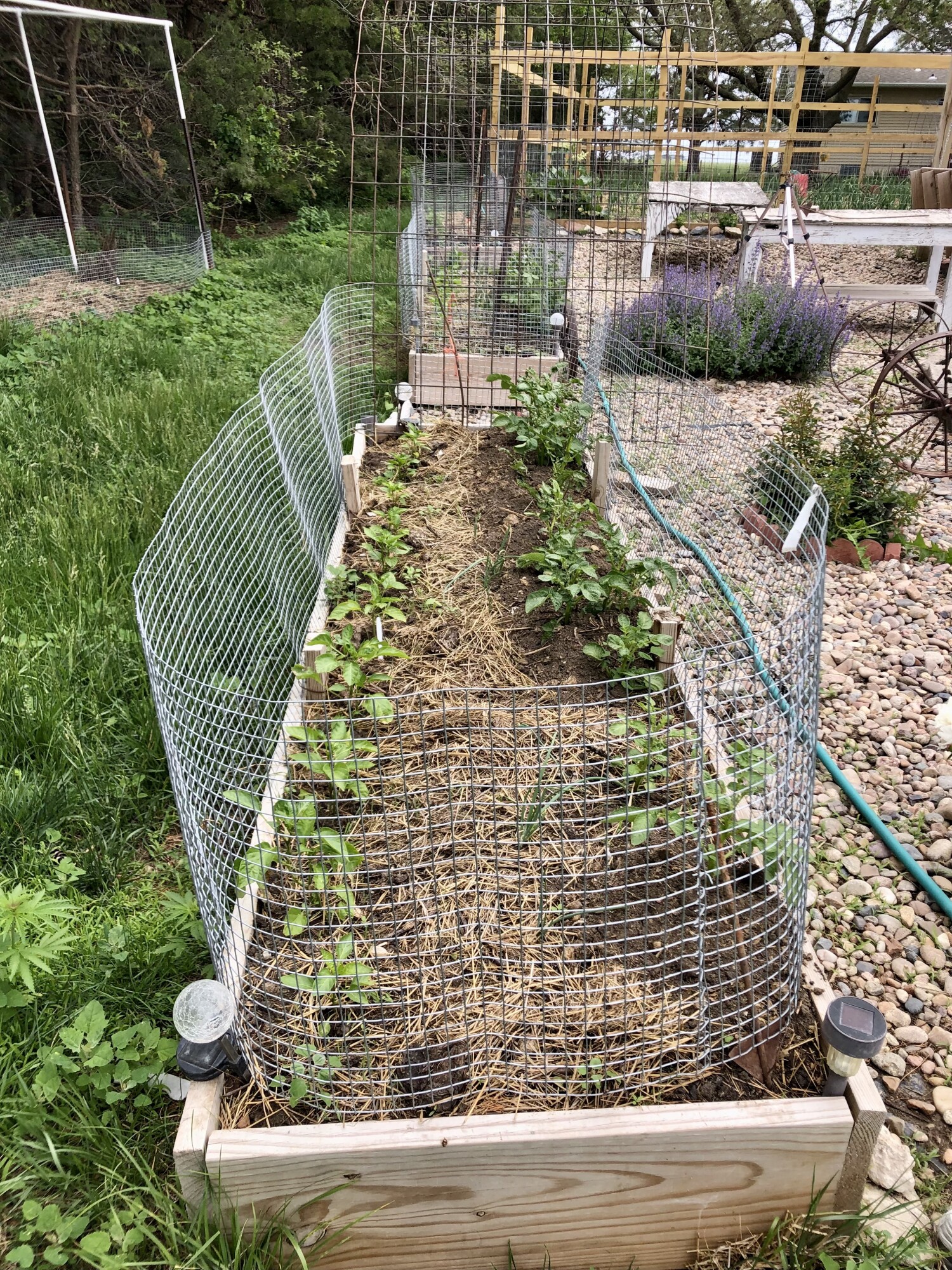
Join the FREE Community
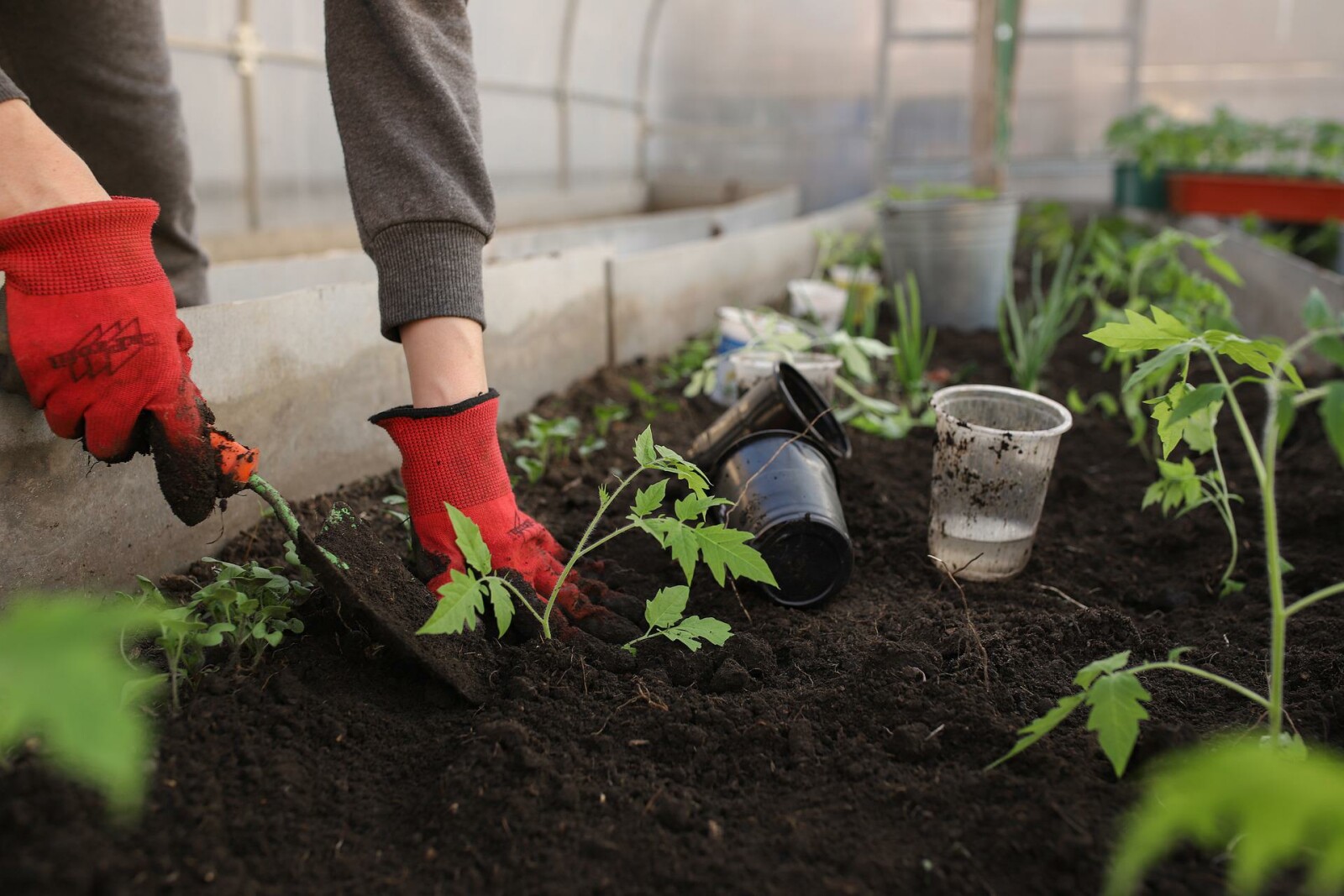
Join the FREE Community
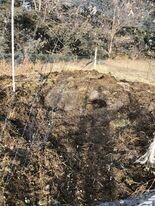
This post may contain affiliate links, which means that I may receive a commission if you make a purchase using these links, with NO additional cost to you.
Everyone pictures that perfect garden, sunny, vibrant plants, time at ease. Picking the best spot to plant your garden can take some time and consideration. You really don’t want to have to move it later if you find to spot doesn’t work, especially if you have a fence around it. Below I’ll discuses the most important things to consider when picking your garden spot.
The biggest thing to consider is hours of light. Most garden vegetables require at least 8 hours of sunlight. This means planting your garden right under the shade tree may not be the best idea. Can you grow some things there? Yes! Some plants love shade. Some cool season plants can do well on the fringe of the shade tree to help break the heat of the day. Most gardens are in a sunny spot, where little shade reaches.
Another note on sun light to consider. The sun warms the soil temperature. If part of the garden is shaded more than the other, the shaded part will be slightly behind. You can use this to your advantage to either grow cooler season plants there, or extend your harvest, so not all the produce is ready at the same time.
Another consideration is soil type. Different plants prefer different soils. Most of the time a heavy clay is not beneficial to vegetables, and neither is sand. If you have an area that has rich nutritious soil, your garden will do well. Looks can tell you a lot, but the gold standard is a soil test to tell you exactly the mineral levels in your soil.
Shelter can be a good thing for a garden, if it is in the right place. Blocking the wind can keep young tender plants growing. It can also act as an insulator and buffer the slight frost. You don’t want this shelter on the south side though, as it will block most of your sun light. A nice north tree line can server very well.
Water access is huge for gardens. Most vegetable gardens require quite a bit of water, depending on where you live. Having a hydrant close, or easy to run a hose to is critical to keeping your garden watered.
The biggest tip no matter the garden you choose, is to keep it in your line of sight from your house, or wherever you spend a lot of your time. By seeing the garden frequently, it keeps it in the front of your mind, to tend to. Weed, water, and harvest. Gardens placed in the back where there is a lot of room, tend to be forgotten and neglected.
What is the biggest things to consider in planning a garden plot? Amount of sun light, soil type, shelter, water access, and line of sight from the house.
Join the FREE Community
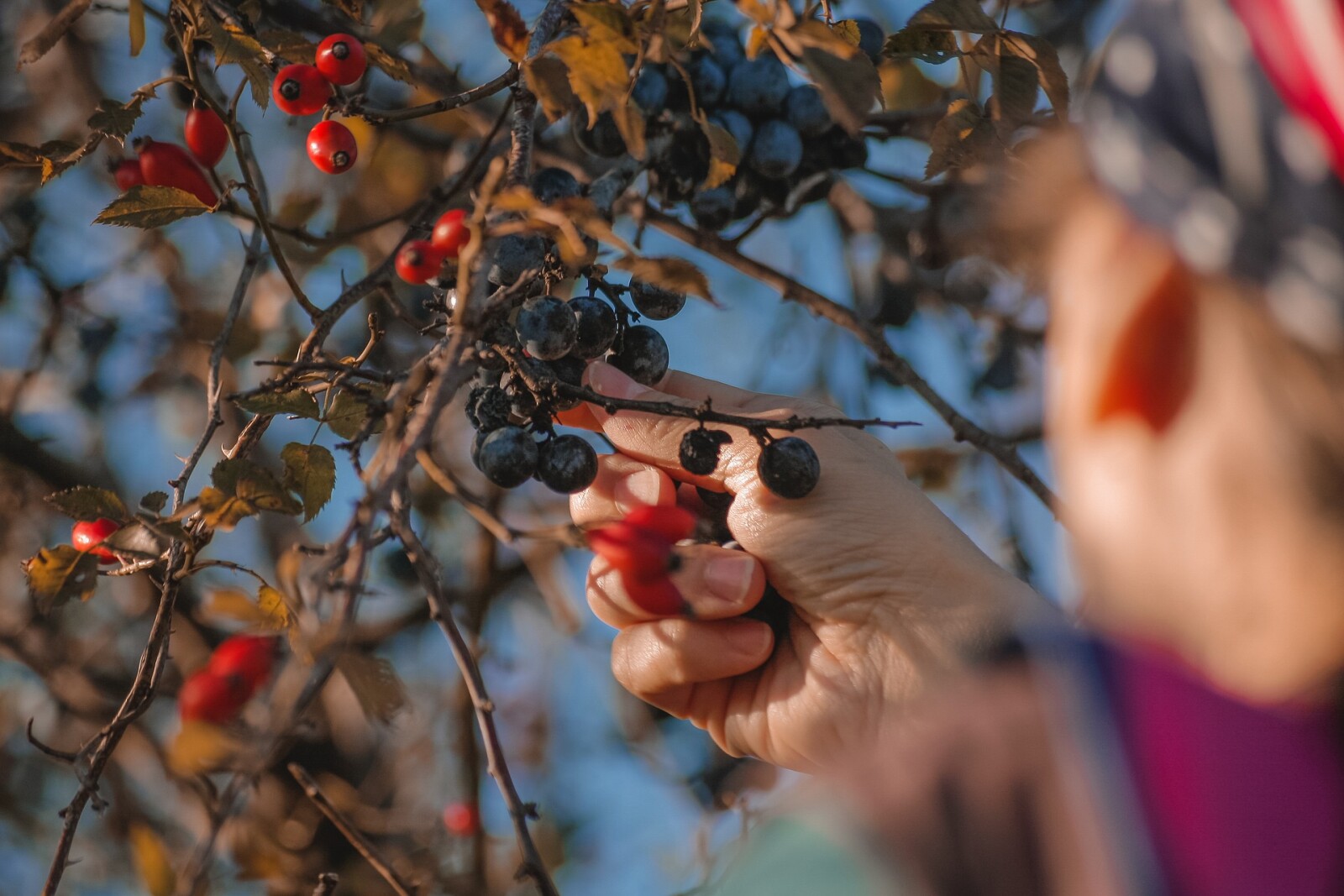
This post may contain affiliate links, which means that I may receive a commission if you make a purchase using these links, with NO additional cost to you.
What is a polyculture? It is a term that is becoming more popular in the homesteading circles, but what is it? By definition, a polyculture is “the simultaneous cultivation or exploitation of several crops or kinds of animals.” From Oxford Languages. But what does that really mean?
Polyculture is using plants and or animals that benefit each other and growing them together. In gardening this is often called companion planting. The idea is to create a synergy where everything benefits each other and improve the soil/environment. After a polyculture is established, they should be self-sustaining.
In an orchard, that can be planting smaller plants around the trees to naturally deter pests and attract pollinators. You can also use animals to graze or fertilize the area. Using a polyculture system, you can improve plant health and eliminate pesticide use.
At my home I am in cooperating this concept more and more. My new orchard area is starting as polyculture with plants around the base that attract the pollinators but deter the pests. You also want to make sure the plants are not competing for nutrients but benefiting each other. So having plants that fix nutrients, like nitrogen, that the trees need to produce fruit.
I also allow my chickens, ducks, and geese free range. This does make starting small plants challenging and require extra protection, but they are excellent at consuming the bugs and slugs that harm the plants. They also fertilize at the same time!
Developing a polyculture is not a one-year venture, especially if you are looking at trees. You must have a long-term vision and be willing to work with the area for a couple years before it is ready to self-sustain. After the polyculture is established, you have a very productive garden, with minimal work required.
Join the FREE Community

